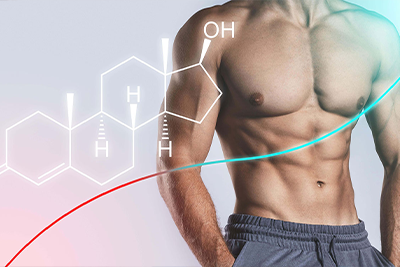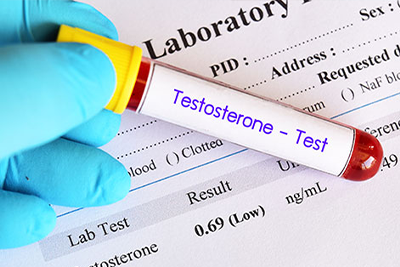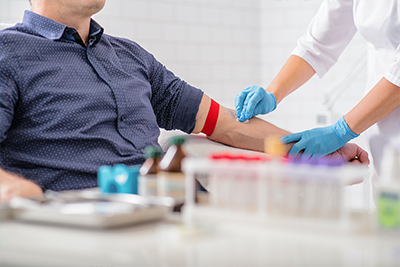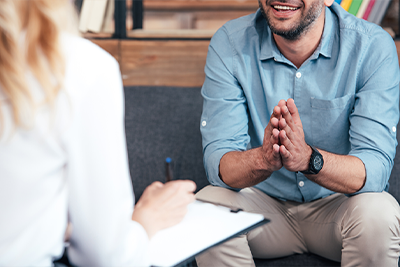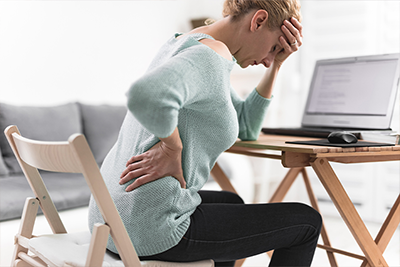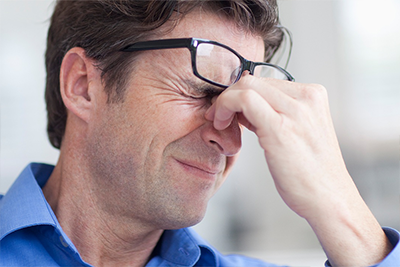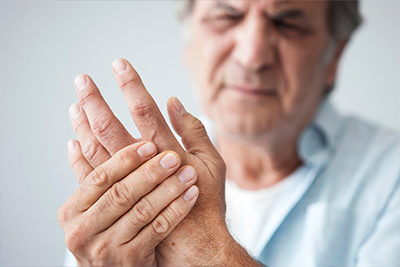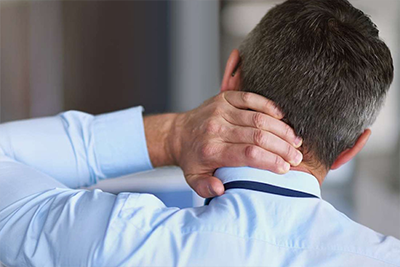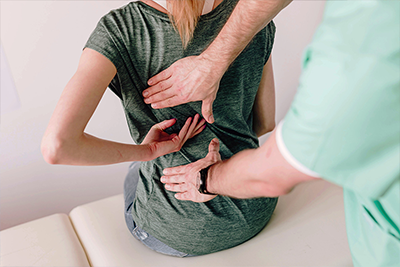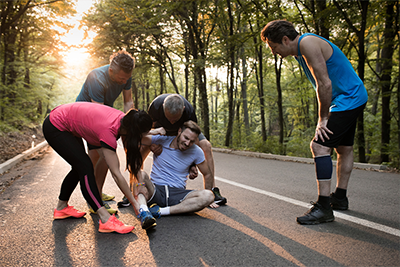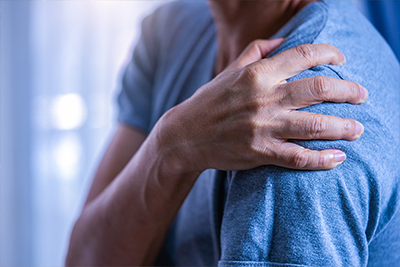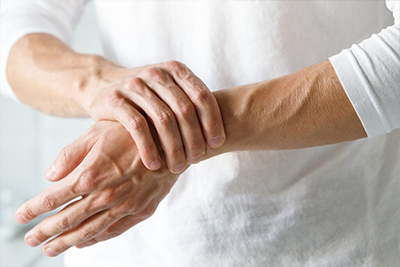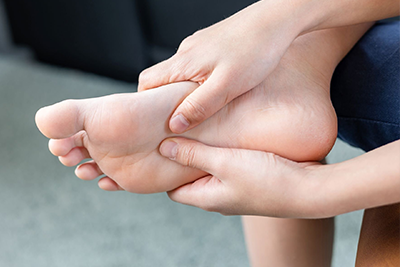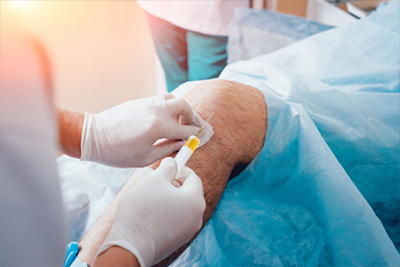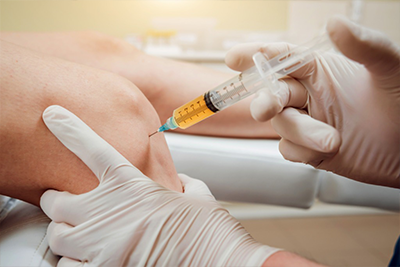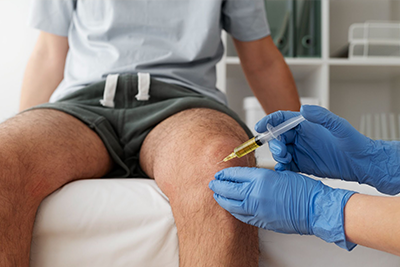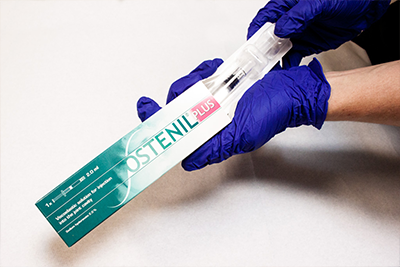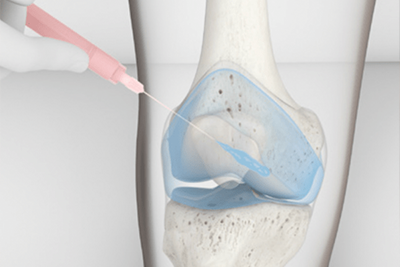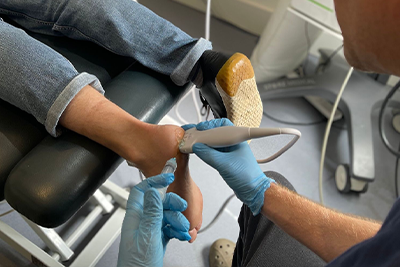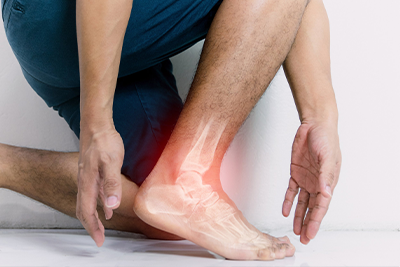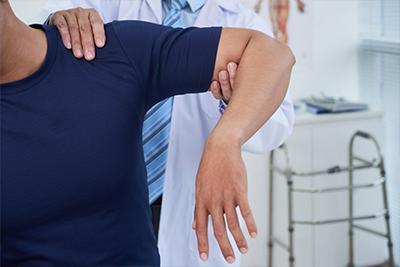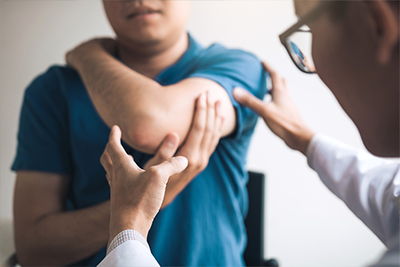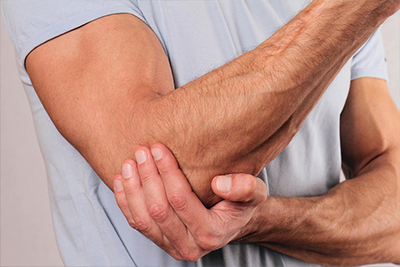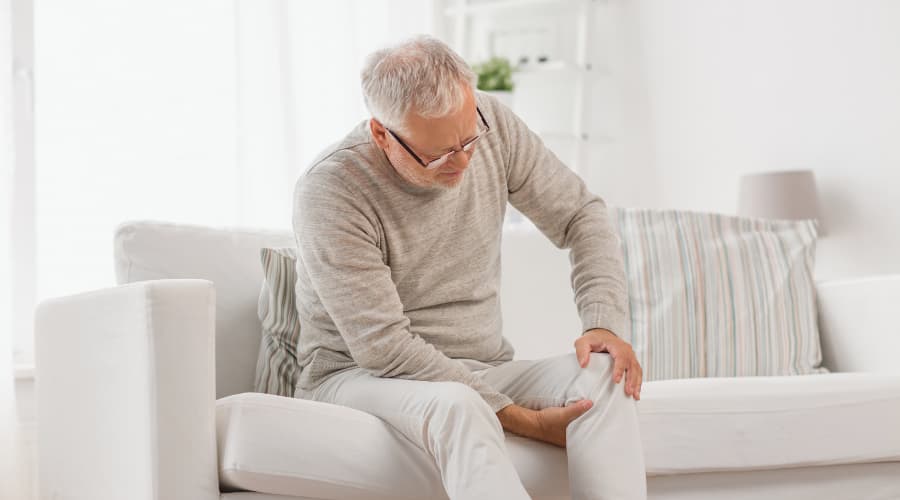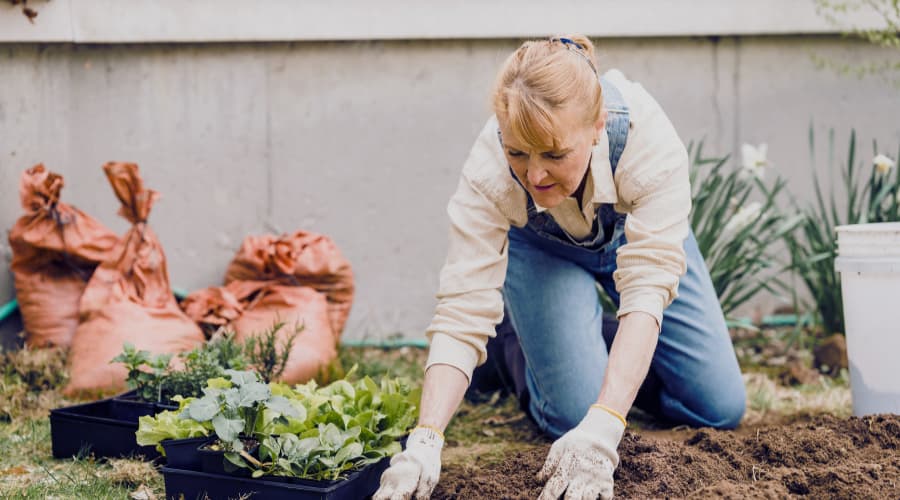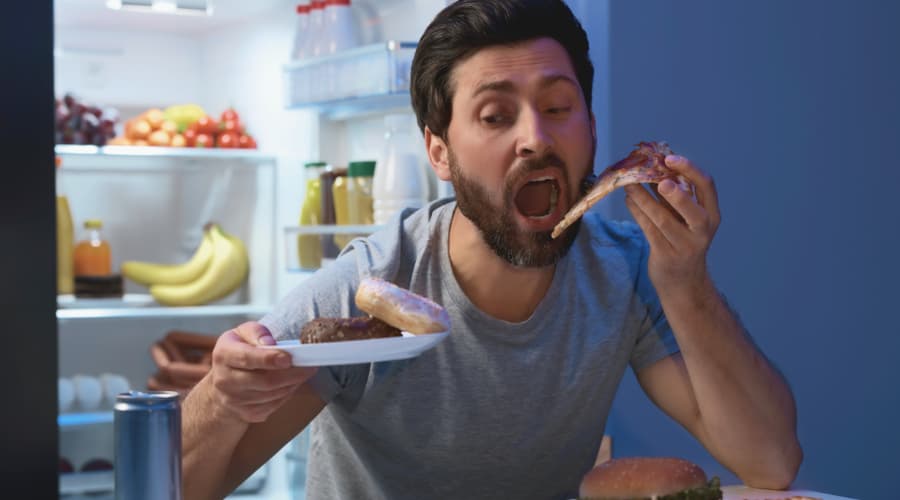Osteopathic massage means diagnosis, evaluation, and treatment of pain-related conditions that affect the muscles, ligaments, spine, and joints. Unlike other approaches of treatment that solely focus on addressing the symptoms, osteopathy identifies and treats the underlying factors that led to the condition.
Osteopathy deals with the body holistically. It increases its vitality – maximum health and the ability to heal quickly from trauma and illness. Osteopaths achieve this holistic treatment by freeing restrictions within ligaments and joints, consequently affecting posture and mobility.
Freeing restrictions increases the flow of blood, which results in:
- Drainage increase and efficient waste removal
- More body tissues receiving sufficient oxygen and nitrogen
- Increased vitality
When your body achieves the above, you get building blocks and energy reserves. The body uses these reserves for repair and improvement of the immune system.
The osteopathic massage focuses on the overall wellbeing of an individual. Your osteopath achieves this through manipulation, massage, and stretching with the sole aim of:
- Increasing joints mobility
- Enhancing blood supply to tissues
- Aiding the body to heal
- Relieving muscle tension
Note: Osteopathy does not involve drugs or surgery
Principles of Osteopathy
Still’s observations of what entails health and what undermines it led to the formulation of the following principles of osteopathy:
- The body is one entity, a unified whole.
- The body is self-regulating and generally self-healing.
- There is an intimate relation between function and structure. For example, the shapes of your bones affect how the joints will function. All your body tissues have this relationship.
The above resources provide a rational and sensible therapy for every individual.
Osteopathic Massage
For an osteopath to evaluate you, they will ask questions regarding your health. They could be about existing symptoms or if you are receiving any medical care. It is a crucial step before the physical examination, as it helps avoid any complications while performing osteopathy.
Initial consultation for an osteopathic massage includes the following:
- Neurological tests
- Orthopaedic tests
- Biomechanical analysis to identify functional and postural joint issues
- Diagnosis and treatment
At the start of each session, your osteopath undertakes a brief session for posture, muscle balance issues, the joint function of the pelvis, and alignment of the spine. Rocking, oscillations, and gentle motions identify restrictions on your body, and with the integration of other techniques, you get treated.
Your osteopath focuses treatment on the area that they identify as the source of the pain or impairment. The problem may be in a different place from where you are feeling the pain. Therefore, at the start, your osteopath focuses on the whole body until they detect a specific problem.
Generally, osteopaths use their hands to identify strains, areas of weakness, restrictions, or tenderness within your body. They move your body with a gentle motion and the limbs gently in a rotational manner.
For better contact, you may be required to take off some clothing from the part getting examined. The osteopath may also ask you to perform simple movements.
After the osteopathy session, discuss with your osteopath whether the procedure can help eradicate the problem. If it can, discuss what the treatment entails. Osteopaths have the expertise to evaluate whether you need further tests like an MRI scan or need a referral to a general practitioner to identify the issue.
Osteopathy Techniques
Osteopaths use different techniques to help relieve strains and pressure from your muscles and joints. The method used depends on demographic variables such as age, gender, and speciality training.
Some of the techniques used include:
- Integrated neuromuscular release – focuses on your body’s anterior and posterior connectivity. Through the neuromusculoskeletal system, osteopaths use this technique to treat somatic dysfunctions.
- Counter strain – treats neck pain and somatic dysfunctions around the cervical region.
- Facilitated positional release – regulates tissue texture changes. Your osteopath may modify the technique to influence the muscles that facilitate joint mobility.
- Articulatory – your osteopath moves your joints through their normal range of motion.
- Cranial – enhancing healing by applying low pressure on your skull.
- Muscle energy – you move your muscles in one direction while your osteopath counters your movement.
- Myofascial ligamentous release – firm but gentle pressure on your fascia to release tension.
- High-velocity low-amplitude thrust – treats biomechanical joint dysfunction.
- Soft tissue – stretching and putting pressure on your muscles.
- Lymphatic – enhances the lymph flow through the lymphatic system. It is also an effective therapy among patients with pneumonia.
Advantages of Osteopathy
The main advantage of osteopathy is reducing pain among patients with the following conditions:
- Chronic back pain
- Cervicogenic headache
- Migraine prophylaxis
- Knee osteoarthritis
- Diabetes mellitus by suppressing inflammatory cytokines
- Irritable bowel syndrome by decreasing rectal sensitivity
Other advantages include:
- Reduces inpatient time and mortality rate among older adults with pneumonia
- Improves functional status in pregnant women and also reduces joints pain.
- Osteopathic treatment works effectively in preterm children by reducing the length of stay. The process does not have any clinical complications or adverse effects.
- Significantly improves symptoms among patients with chronic prostatitis.
- Enhances blood oxygenation
- Improves blood pressure values, magnesium levels, and potassium levels
Limitation of Osteopathic Massage
Evidence-based practice is the major limitation to osteopathy. For a treatment process to be considered successful, a doctor must provide evidence-based trials which led to its success. Osteopathic massage does not include these trials because the patient sometimes gets better without even knowing about the specific problem.
Your osteopath focuses on holistic treatment and not just a specific problem. Failure to provide these trials raises questions about its effectiveness among practitioners and patients seeking to get the services of an osteopath. Consequently, this has led to the slow growth of osteopathic massage.
Regulations
The law requires an osteopath to register with the General Osteopathic Council. Only an osteopath with an eligible qualification in osteopathy, from an institution recognised by the General Osteopathic Council, receives registration. The osteopath must also comply with the regulator’s standards of practice.
Osteopaths renew their registration yearly. The General Osteopathic Council ensures that:
- They remain in good health,
- Have the correct insurance
- They meet professional development requirements.
If an osteopath does not meet the above standards, report them to the General Osteopathic Council. They will conduct further investigations.
Osteopath Qualifications
To qualify as an osteopath, you should complete an honours degree programme lasting four to five years. The course involves more than 1000 hours of clinical mentorship.
Safety
Osteopathy is a safe procedure. However, there are some instances when you may get minor side effects like:
- Fatigue
- Headache
- Pain or soreness in the treatment area
The above effects develop while in session and fade away after one or two days.
As a precaution, your osteopath will explains the benefits as well as the risks associated with osteopathy.
Osteopathy Restrictions
Patients with the following health conditions are not eligible for osteopathic treatment:
- Fractures
- Cancer
- Acute inflammatory conditions
- Haemophilia Infections
- Multiple sclerosis
- Osteoporosis
Related Articles
- Soft-Tissue Osteopathy Techniques
- Osteopathic Massage or Sports Massage
- Introduction to Cranial Osteopathy
- What Does Cranial Osteopathy Do for Babies?
- How Osteopathy Can Help With Anxiety

